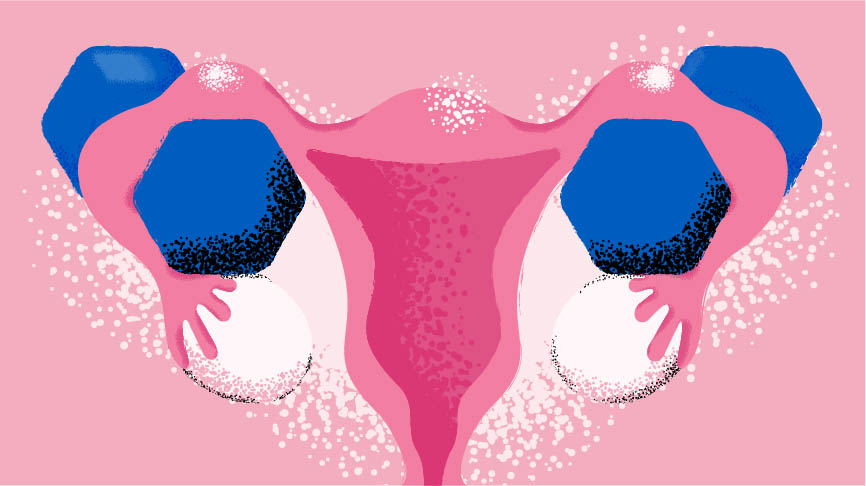Kegel Exercises: Improving Life during Menopause

During the time leading up to menopause, often referred to as perimenopause, you begin to notice changes in your body, including menstrual irregularity, mood swings, trouble sleeping, hot flashes and more. In addition, you may notice a change in your intimate health. No matter what symptom you’re struggling with during this complicated time, know that solutions and coping strategies exist that can help, and never hesitate to reach out to your physician for expert support.
During perimenopause, diminishing estrogen levels can cause your vaginal tissues to lose lubrication and elasticity.
Because of this, you may notice the following intimate changes:
1. Stress Urinary Incontinence: You leak a little urine from sneezing, laughing or coughing.
2. Dyspareunia: Sexual Intercourse can become painful or uncomfortable.
3. Pelvic Organ Prolapse: You may develop a feeling of heaviness or dragging in your vagina caused by your pelvic organs slipping out of place.
Although these intimate problems may have a huge impact on your life, the answer to improving or preventing them is sometimes as simple as adding a few minutes of no-sweat exercise to your daily routine.
Building Better Control
Incontinence, dyspareunia and prolapse are all closely related to the strength of your pelvic floor muscles. This is because your pelvic floor muscles form a sort of supportive hammock under your urethra and bladder that keeps things in place and running smoothly. A great way to improve bladder control, enhance comfort during intimacy and fight prolapse is to improve your pelvic floor muscle strength—and this can often be done safely and comfortably through pelvic exercises, also known as Kegel exercises. Kegel exercises have even been known to help women who have persistent difficulty reaching orgasm.
The Key to Correct Kegel Exercises
Often, the first line of treatment recommended by doctors to improve pelvic floor muscle strength is Kegel exercising. One of the best things about Kegel exercising is that you can do it discreetly almost whenever you want. To do a Kegel, tighten your pelvic floor muscles and lift your anus, urethra and vagina just like you would to stop urine flow. Hold the contraction for 2-10 seconds and then relax for an equal amount of time. Developing a routine for exercise is a great way to regain strength. Try doing this exercise in sets of 4 or 5 repetitions a few times each day.
Many women also do Kegel exercises with the assistance of a weighted exerciser, which adds something firm to flex you muscles around. These exercisers help you develop the correct technique of contracting the pelvic floor muscles up instead of down. Whether you exercise with or without weights, be careful to relax your body while exercising (avoid flexing your stomach, thighs or buttocks) and try to practice normal breathing.
A Stronger Future
Kegel exercising is a habit that can benefit your intimate health during your entire life. Continuing to build strength and tone your pelvic floor muscles will help you to have better bladder control and enhance your romantic and personal intimate life. If you’re interested in learning more about Kegel exercises, or for a unique and effective guide to building pelvic strength.
Please note that advice offered by Intimina may not be relevant to your individual case. For specific concerns regarding your health, always consult your physician or other licensed medical practitioners.

A collective group of “lady experts” at Intimina who love sharing our personal experiences, even when they are a little too personal. We believe it’s time to start breaking down the taboos around menstruation, motherhood, and menopause, and start owning our female health.



